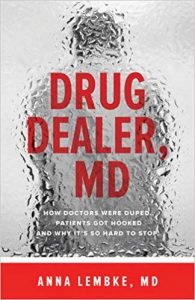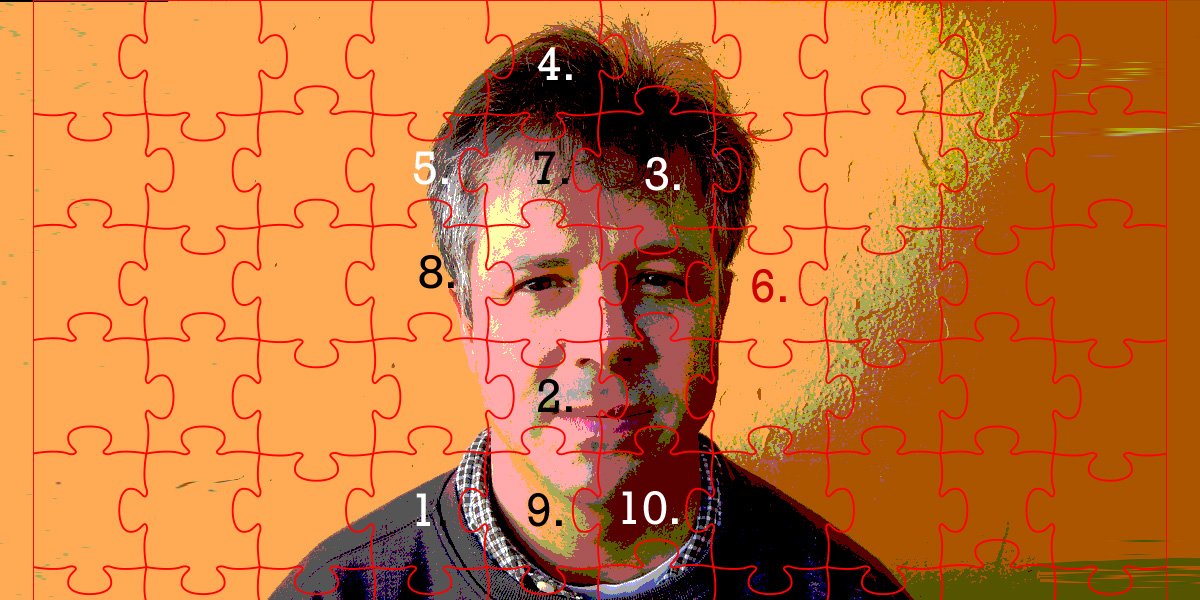Recently the American Psychological Association (A.P.A.) published their new guidelines entitled the American Psychological Association’s guidelines for practice with men and boys . Writing and publishing something like the guidelines for practice with men and boys is a strange and ill-advised project. Creating guidelines for protologists on the use of the FOS-425 for colonoscopies on men over fifty seems like a good idea, but men are far too varied and complex to create generalizations and guidelines.
Before you read further, I highly recommend that you read the actual paper. It is rather odd that like Moses’ 10 Commandments there are 10 A.P.A. guidelines for practice with boys and men. But perhaps it is more like an A.P.A. awards document as I am sure that of all the researchers and contributors who’s studies are cited celebrated this career triumph with a lot of wine and champagne to fortify their narcissistic egos. I believe the guidelines will be viewed as a curious historic document, similar to writings and guidelines for women during the late 19th and early 20th centuries when doctors and the medical scientists viewed woman as having the “woman problem.” This is clearly outlined in For Her Own Good: Two Centuries of the Experts Advice to Women by Barbara Ehrenreich.

Now that Western medicine has terrorized woman for over 200 years, for some reason they now have moved on to men. In fifty years, the American Psychological Association’s guidelines for practice with men and boys will be embarrassing evidence on just how absolutely naive, cult-like, dangerous and ignorant the A.P.A. is to history, philosophy, language and actual science.
Indeed, after the American Psychological Association’s guidelines for practice with men and boys were released it created a bit of a firestorm. People on the conservative right and academics of all walks often criticized the paper as either being an attack on men and traditional morals or simply inaccurate and absolute intellectual self-deception. The New York Times ran an opinion piece that basically side-stepped the issue and did a report of how various people and authorities on the subject responded to the “guidelines.” However, the critique I found most perceptive was by Jacob Falkovich and his essay Curing the World of Men
This is, after all, the same organization that classified homosexuality as a mental disorder until the seventies, and whose members were not discouraged from recommending conversion therapy until 2009. You’d think being wrong about gays for a century may teach the APA some humility. –Jacob Falkovich
What I find alarming about the A.P.A. is the fabric of the organization. To me it has characteristics more in keeping with a cult or a religious organization than a scientific organization. If you simply start with the “definitions” at the beginning (gender, cisgender, gender bias, gender role strain, etc.) you can see right away they are laying the ground work for current fashionable cultural assumptions and not science. For example, the term “gender non-conforming,” which is so in fashion in psychology these days, rarely gets scrutinized. “Gender non-conforming” – based on what? Is the A.P.A. now determining the “style” of a certain gender. Is a gender “style” for some reason now an important part of psychotherapy and also a subject of science? From the very introduction, the paper begins with some pretty shallow assumptions.
Boys and men are diverse with respect to their race, ethnicity, culture, migration status, age, socioeconomic status, ability status, sexual orientation, gender identity, and religious affiliation.
Seeing as men make up about half of the 7.5 billion humans on the planet, this statement seems accurate. However, how can boys and men be diverse with regards to gender identity? They are both male. Last time I bought airline tickets I had to choose between either male or female in the gender dropdown. If the A.P.A. has discovered additional genders they perhaps should inform United Airlines. I do hear of non-binary as being another gender and there is of course intersex or hermaphrodite people but this paper and guidelines are for men. Then the next sentence gets to the core of how the A.P.A. defines gender.
Each of these social identities contributes uniquely and in intersecting ways to shape how men experience and perform their masculinities – Introduction to A.P.A. guidelines
“… how men experience and perform their masculinities.” What a strange notion that a man simply performs “masculinities” as though a gender has no biological basis and is simply a “performance.” This notion perhaps comes from the psychologist Judith Butler and her notion that gender is defined by “gender performativity.” That the A.P.A. adopts this theory as being a scientific fact is rather odd. This is why the A.P.A. is more akin to say the Catholic Church. Indeed if you create a study that is peer reviewed and published that challenges another prominent researchers’ work, you immediately get called out for not towing the accepted line. This is exactly what happened to Lisa Littman when her paper Rapid-onset gender dysphoria in adolescents and young adults: A study of parental reports when data challenged the assumptions of other scientists currently in fashion. That people like Diane Ehrensaf, PhD from UCSF dismissed the study outright just shows how political and cult-like is the field of psychology and the APA. As a scientist, you would think Ehrensaf would be curious. “Interesting. You are taking a different angle than I did and found that kids with Rapid Onset Gender Dysphoria seemed to be due to environmental factors and a common feature was an addiction to the internet.” Instead, Ehrensaf dismissed the findings outright even though her work is often based on studies that have yet to be replicated. This is but one example of how the APA is not really interested in science but ideological conformity. Often, in the end they become the unknowing henchmen of the pharmaceutical industry.

Not related to men specifically, Drug Dealer, MD is an insightful look how the medicine in the United States is the cause of the opiod crisis. That “pain” is now considered a vital sign has profound influence on the prescribing of narcotics and other prescription drugs.
While reading the comments from the New York Times article it was interesting to read that the guidelines use of the word “stoic” is actually inaccurate, shallow and lacking of historical perspective. It is almost as though the modern psychologist notions of the topic of men was informed only by time spent reading the latest studies, watching beer and truck commercials, John Wayne movies and never bothered to learn some of the fundamentals. Three times in the paper it discusses how stoicism in men is a bad thing, that “not showing vulnerability, self-reliance, and competitiveness might deter them from forming close relationships with male peers.” A rather odd statement for anyone who has ever participated in athletics and formed bonds with teammates and opponents. Online, in the comments, someone pointed out that “Stoicism” as a ancient philosophy of life is very different than what perhaps how the APA defines stoicism. Recommended reading was the book A Guide to the Good Life: The Ancient Art of Stoic Joy Irvine, William B.

It is good read and what you learn is that Stoicism as an ancient philosophy of life has more in common with Zen Buddhism than emotional repression and asceticism. I am certain learning about Stoicism is much more worthwhile than reading the APA guidelines. For when after the APA psychologist, who is having therapy session with your anxiety-prone child, decides “maybe its time to start medication or hormones” and suggests Prozac or Ritalin, you will need to consult some of the practical advice from the ancient philosophy of Stoicism in order to come to terms with your life’s turn of events. But now I am going to stop writing, and as my father did before me, a very stoic creature,perform one of my many “masculinities” and do the dishes and clean the house.
Although there are differences in masculinity ideologies, there is a particular constellation of standards that have held sway over large segments of the population,
including: anti-femininity, achievement, eschewal of the appearance of weakness, and adventure, risk, and violence. These have been collectively referred to as traditional masculinity ideology
– From American Psychological Association’s guidelines for practice with men and boys.
What a strange definition of something the APA calls “traditional masculinities.” Of all the thousands upon thousands of men I have known, I have yet to know any who embrace that list. To stereotype people is a sign of a shallow intellect and for health care providers a dangerous path.

